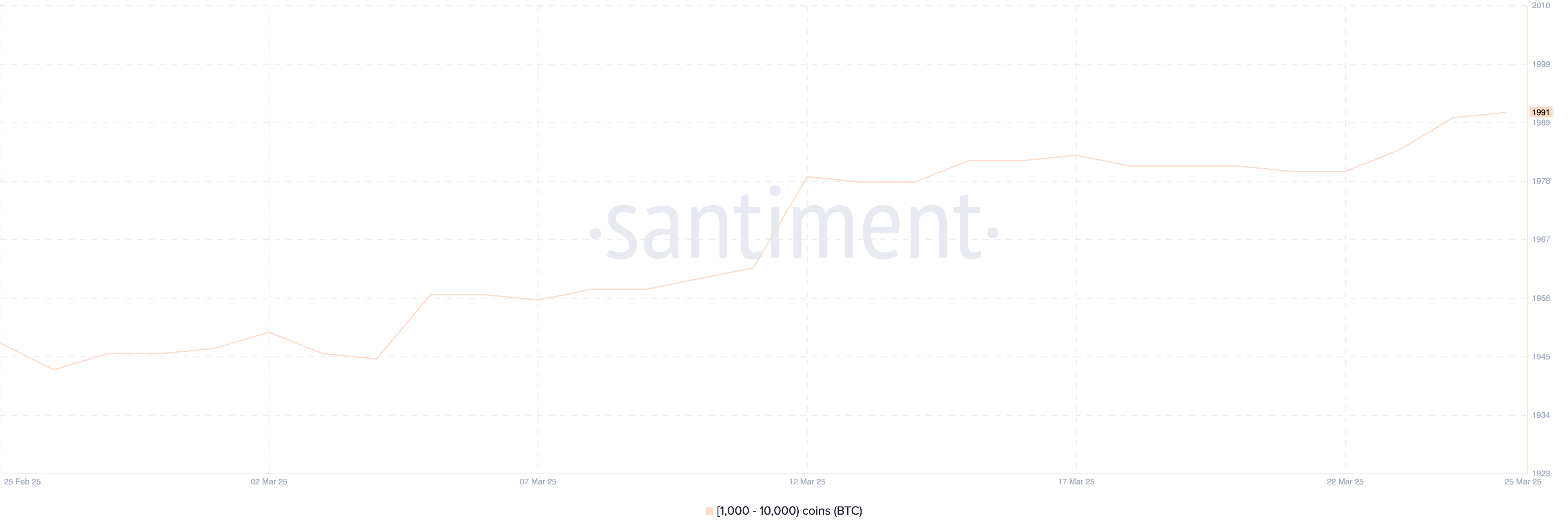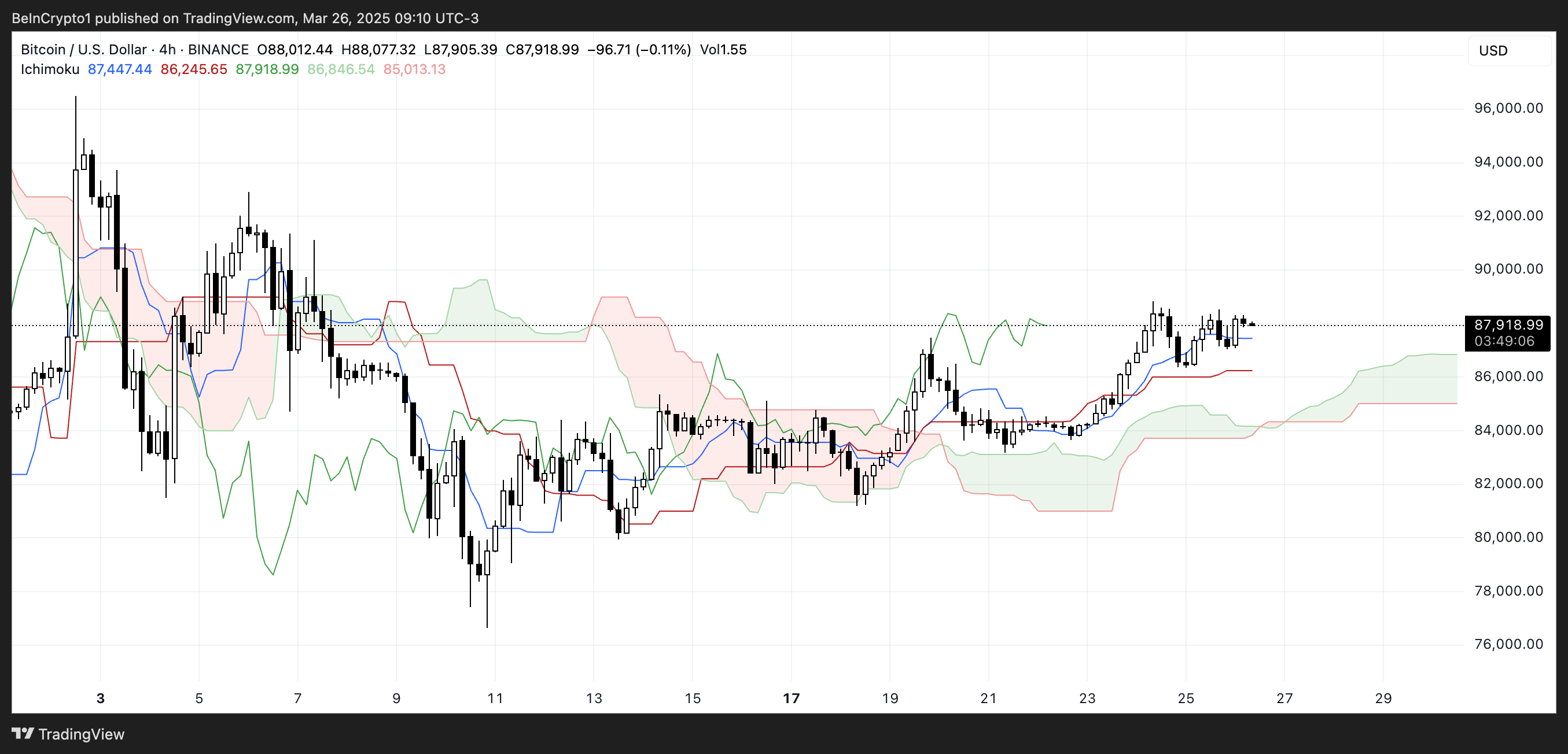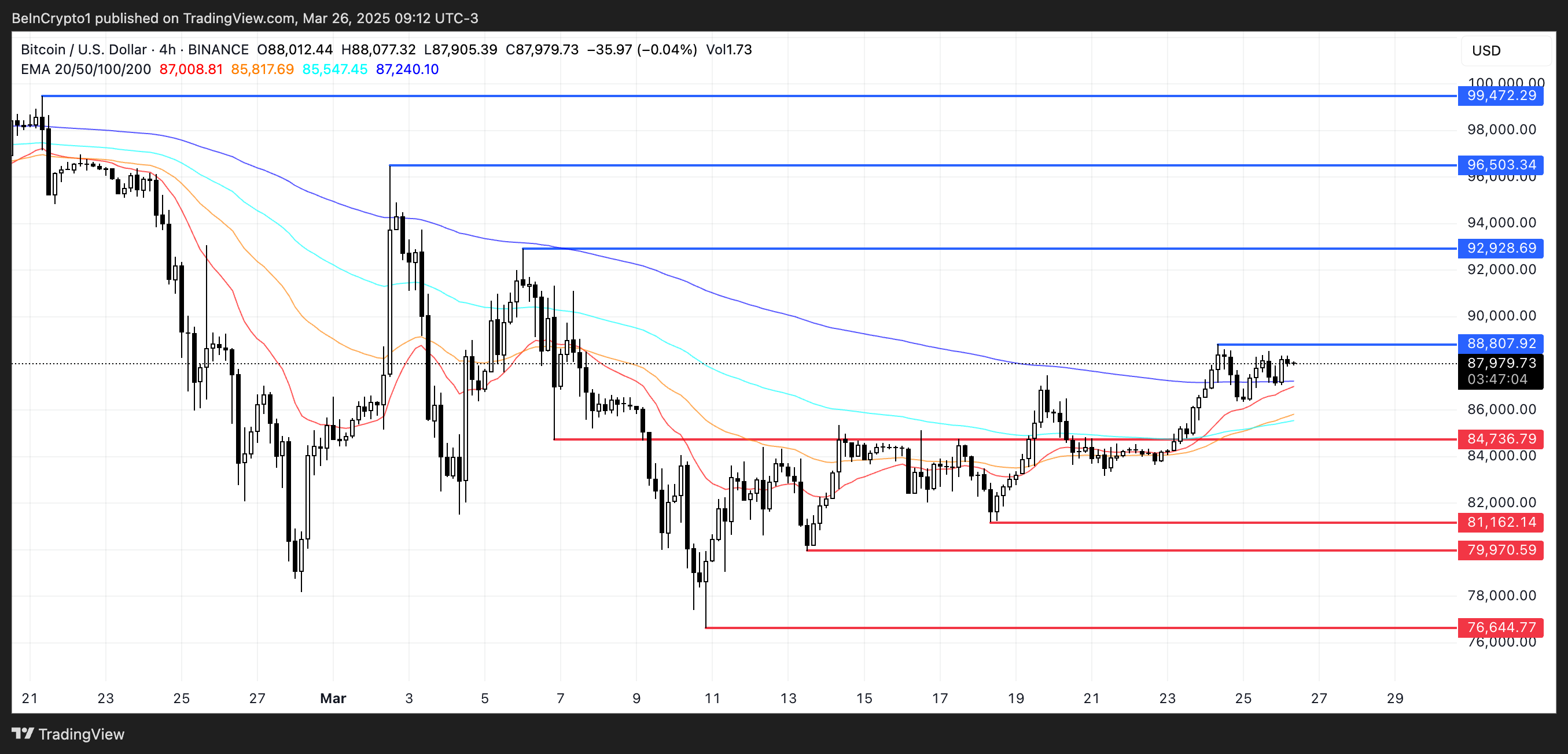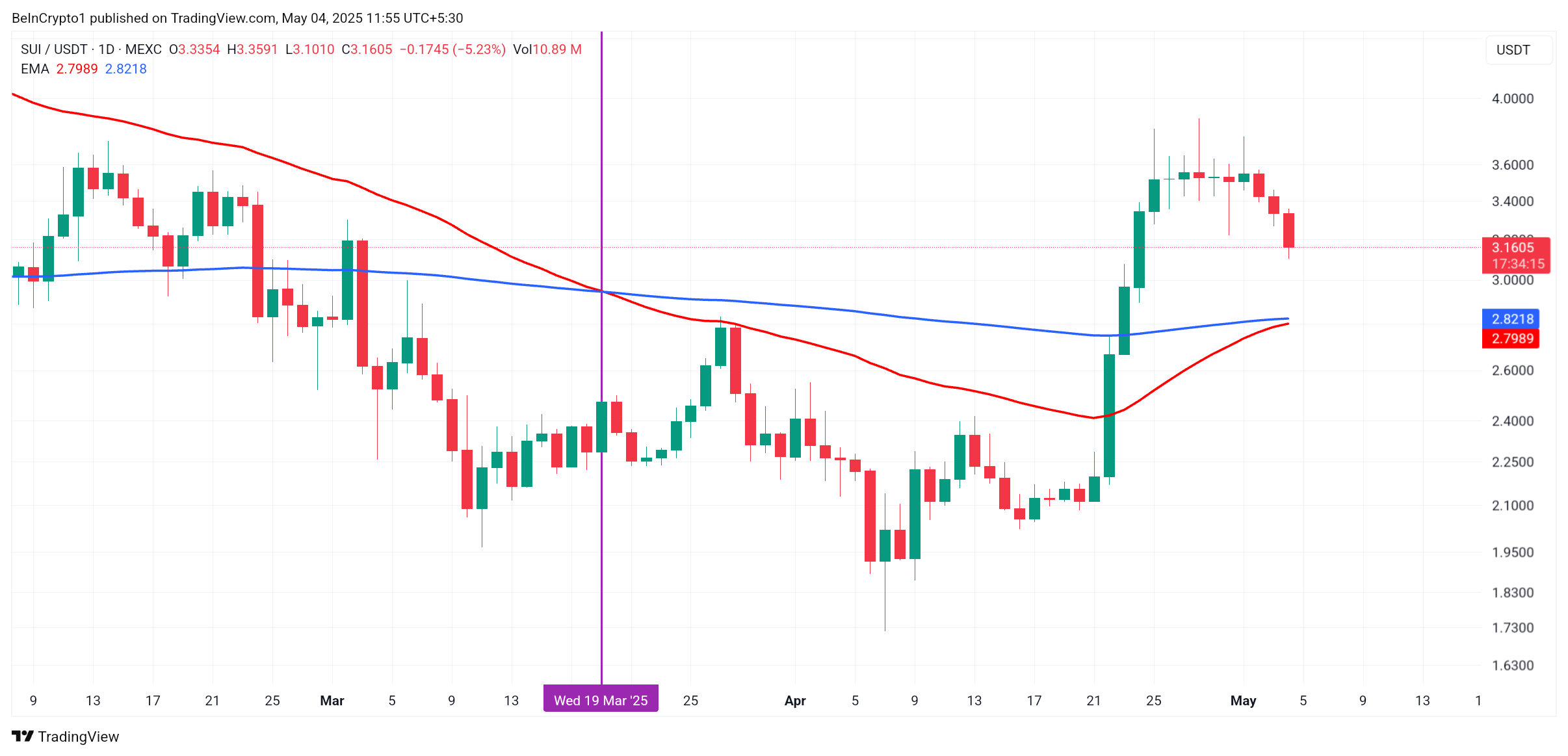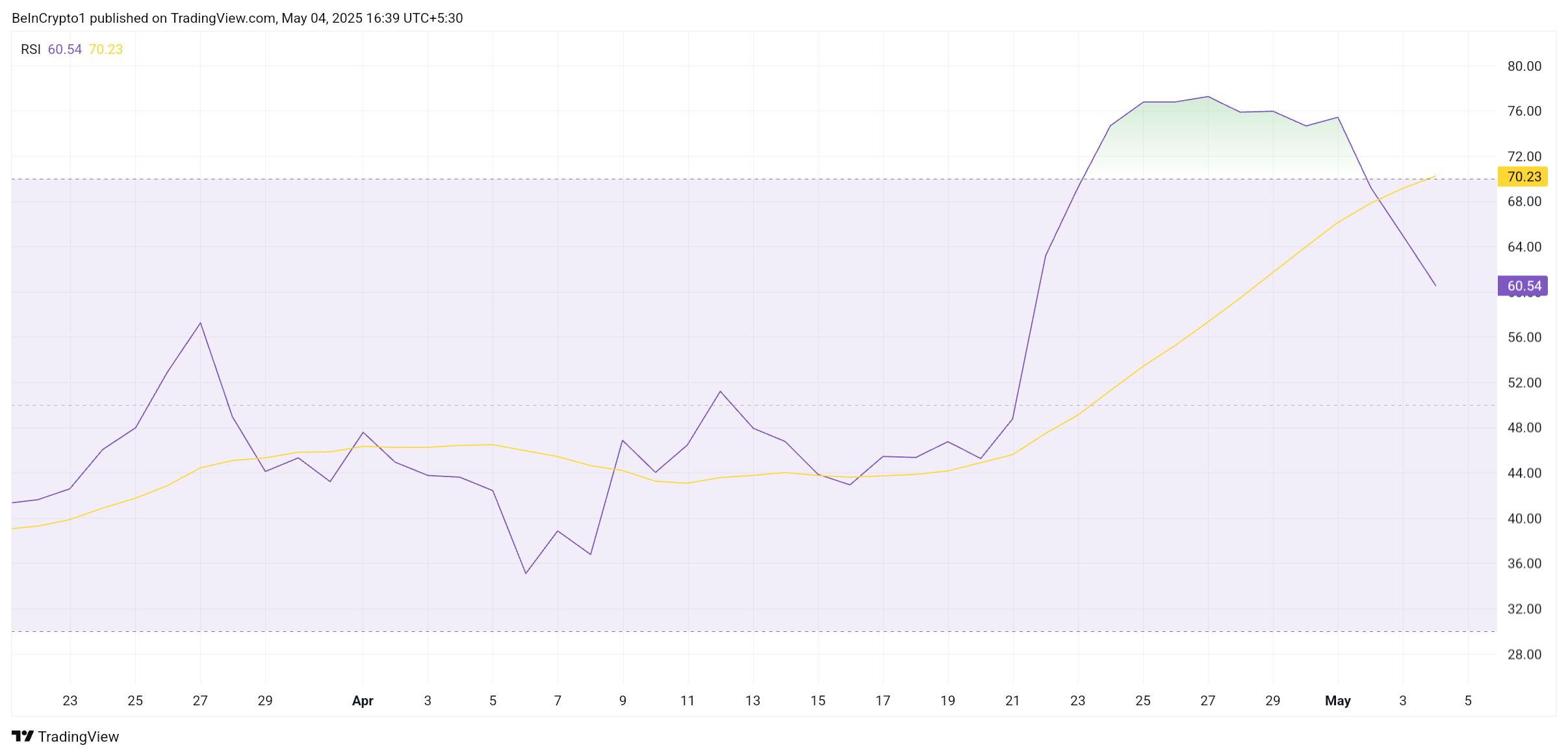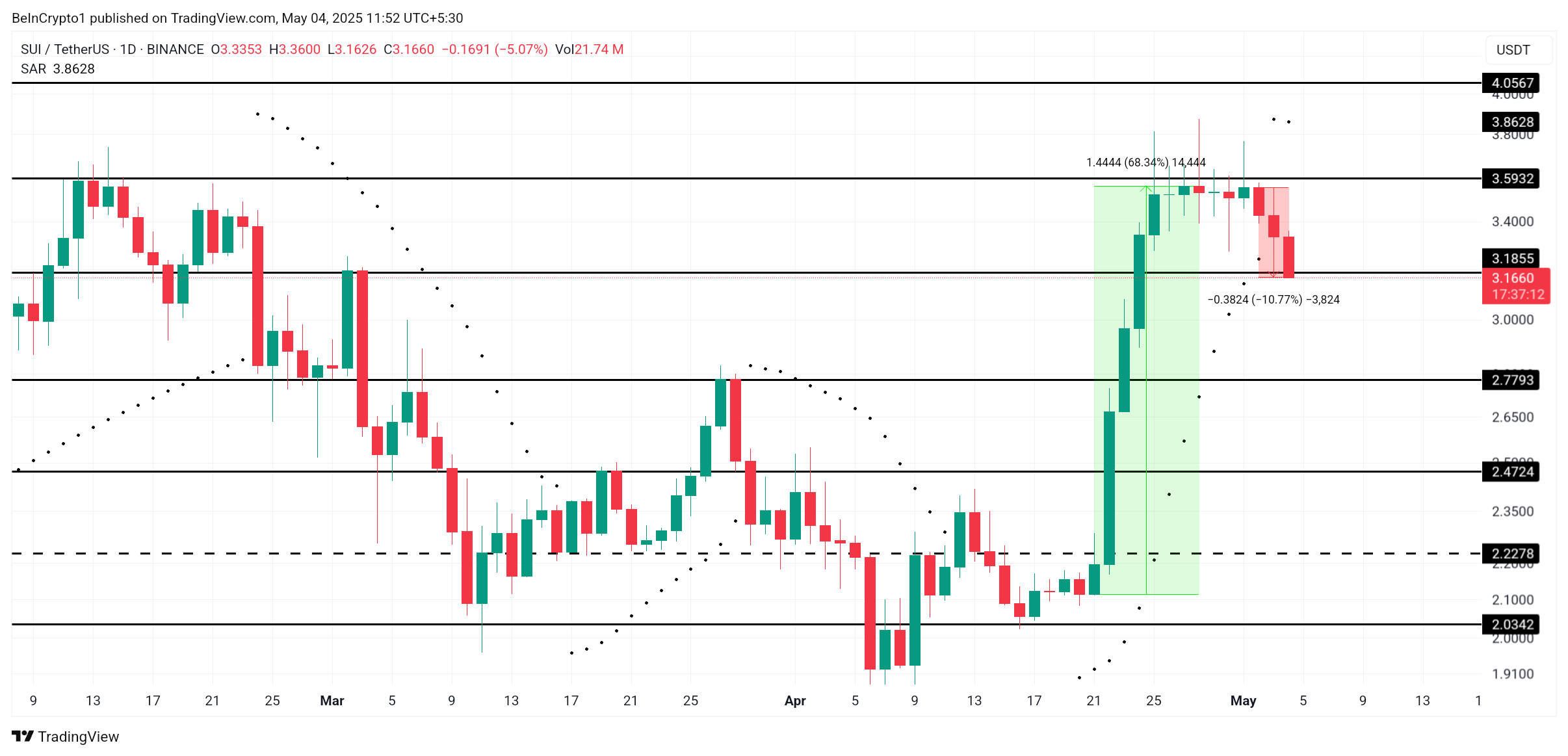Wirex, a global Web3 leader and award-winning money app, has officially selected Italy as the strategic base for its cryptocurrency business in the European Economic Area (EEA). The move marks a key milestone in the company’s rapid growth journey and reinforces its long-term commitment to delivering regulated, innovative crypto services across Europe.
With over 6 million users globally and a decade of proven success, Wirex continues to lead the way in bridging the worlds of traditional finance and digital assets. Headquartered in London, Wirex holds multiple licences across the UK, EEA, Asia-Pacific, and beyond, operating as a trusted, compliant provider in some of the world’s most regulated financial markets.
Wirex’s decision to establish its European crypto operations in Italy comes as the region prepares for the implementation of the Markets in Crypto-Assets (MiCA) regulation.
The company is already registered as a Virtual Asset Service Provider (VASP) in the Italian Register held by the Organismo Agenti e Mediatori (OAM), with Registration No. PSV108. It is currently in the process of applying for a MiCA licence and aims to use its Italian base to deepen relationships with regulators, expand local partnerships, reinforce its trust with clients, and continue to offer them crypto products and services while scaling its presence across Europe.
As part of this strategic initiative, Wirex is pleased to announce the appointment of two senior executives in Italy:
- Alessandro Bruno-Bossio, Regional Managing Director for Italy and Chief Customer Strategy & Retention Officer, brings extensive experience in scaling fintech and payments operations, with previous leadership roles at Paysafe, Nexi and PayRetailers.
- Francesco Marotta, Non-Executive Legal Director, has over 12 years of expertise in banking and financial services law, compliance, and anti-money laundering. He will play a vital role in supporting Wirex’s regulatory and legal strategy in Italy and the wider EEA region.
“Choosing Italy as our EEA crypto hub reflects our deep commitment to Europe and our belief in its regulatory clarity and innovation potential,” said Pavel Matveev, Co-Founder of Wirex. “With strong leadership from Alessandro and Francesco, we’re well-positioned to strengthen our presence in the region and continue building one of the most trusted, compliant crypto platforms in the world.”
Wirex’s Italian office will focus on product development, customer experience, and regulatory engagement, positioning the company to thrive in a maturing and regulated European crypto market.
Alessandro Bruno-Bossio, Regional Managing Director for Italy and Chief Customer Strategy & Retention Officer at Wirex, commented: “I’m thrilled to join Wirex at such a pivotal moment in its European expansion. Italy has the potential to become a leading hub for digital assets, and Wirex is uniquely positioned to drive that transformation. In my dual role, I’m particularly focused on ensuring that customer experience remains at the heart of everything we do. The crypto space still places too much effort on the end user, and we’re determined to change that. By building a strong local presence and fostering regulatory trust, we aim to deliver not only innovative solutions but also seamless, user-first experiences that set new standards in the industry.”
With a global footprint and a reputation for innovation, Wirex has earned more than 20 industry awards, including recent recognition as a finalist at the ICA Compliance Awards Europe 2025 for excellence in regulatory compliance. The company’s growth is underpinned by a decade of operational excellence and an unwavering commitment to responsible innovation in financial services.
About Wirex
Wirex is a prominent UK-based digital payments platform with over 6 million customers spread across 130 countries. It offers secure accounts, making it easy for users to store, purchase, and exchange multiple currencies seamlessly. As a principal member of both Visa and Mastercard, Wirex goes beyond traditional services, embracing the evolving trends of Web3 to provide mainstream access to digital finance and wealth management. Having processed transactions totalling $20 billion, Wirex aims to contribute to the adoption of a cashless society by facilitating straightforward transactions in various currencies worldwide. Wirex is simplifying digital payments, making it more accessible and convenient for people across the globe.
| wirexapp.com |
The post Wirex Establishes Italy as Primary Crypto Hub for EEA, Strengthens Local Team with Key Hires appeared first on BeInCrypto.



